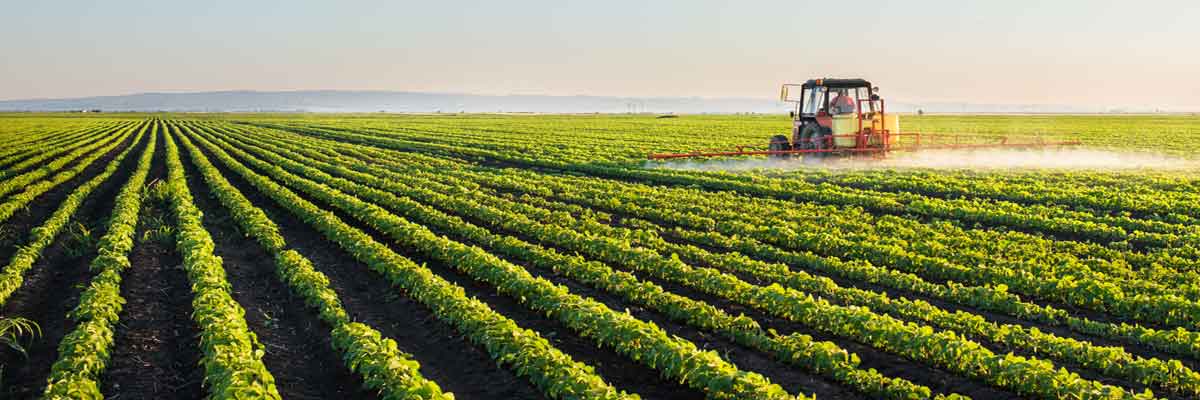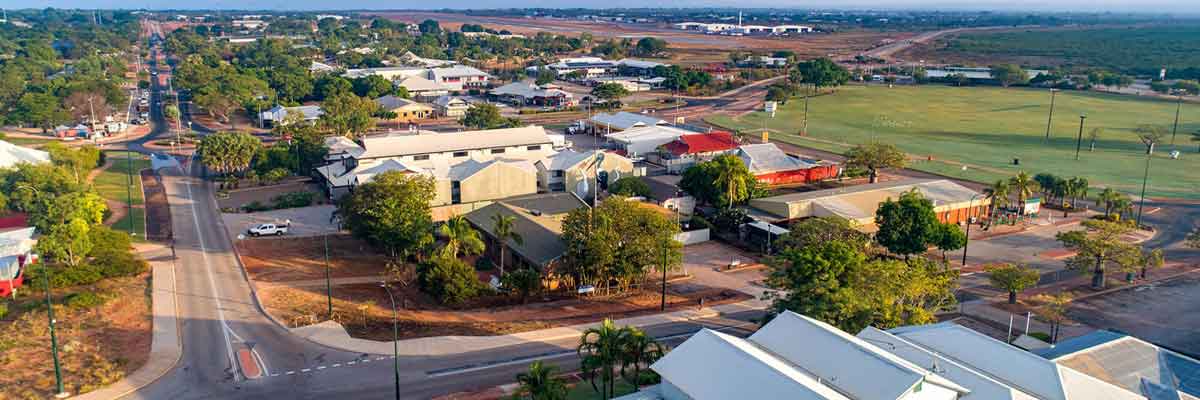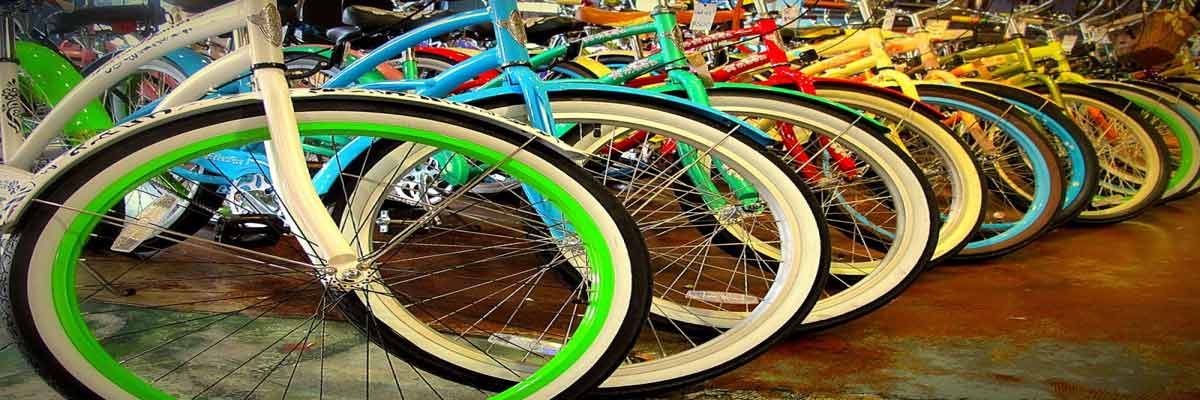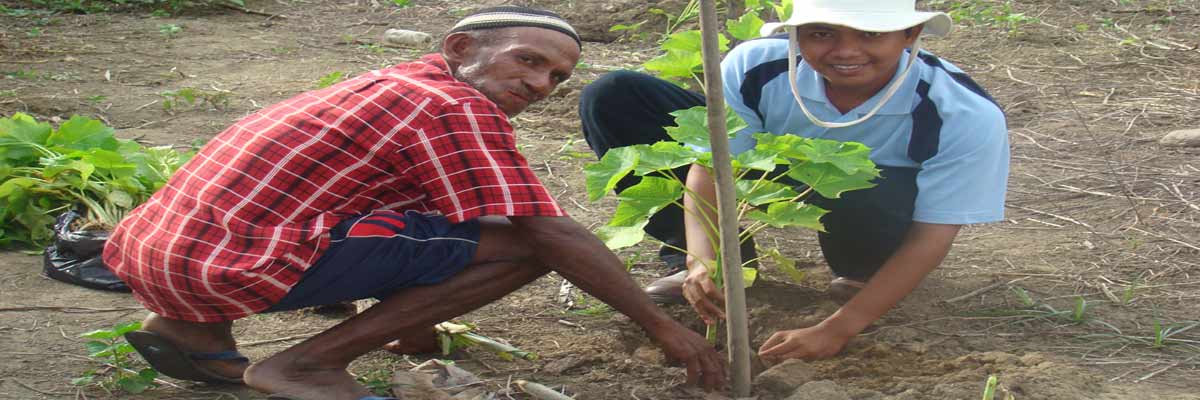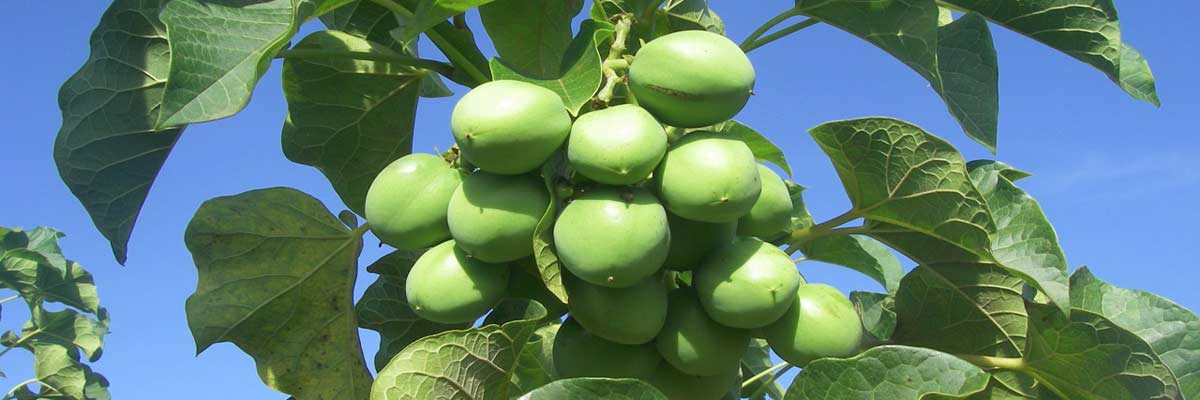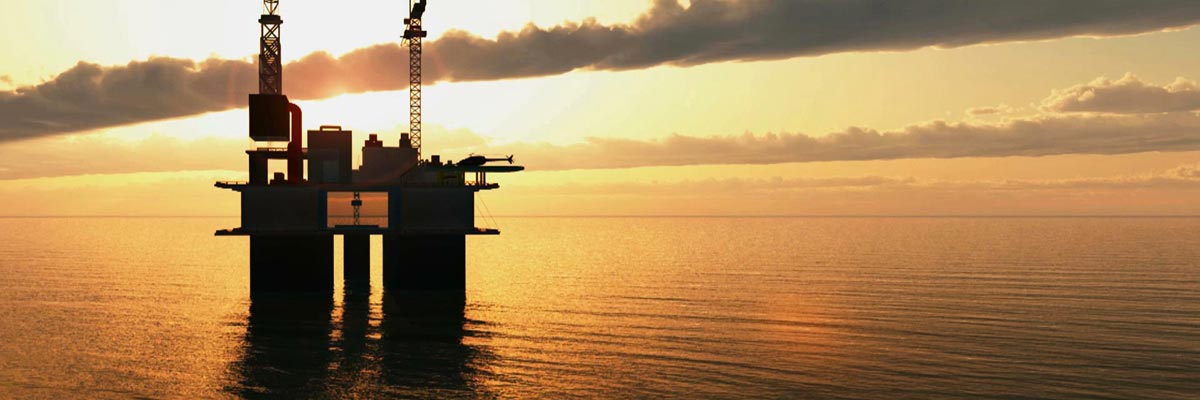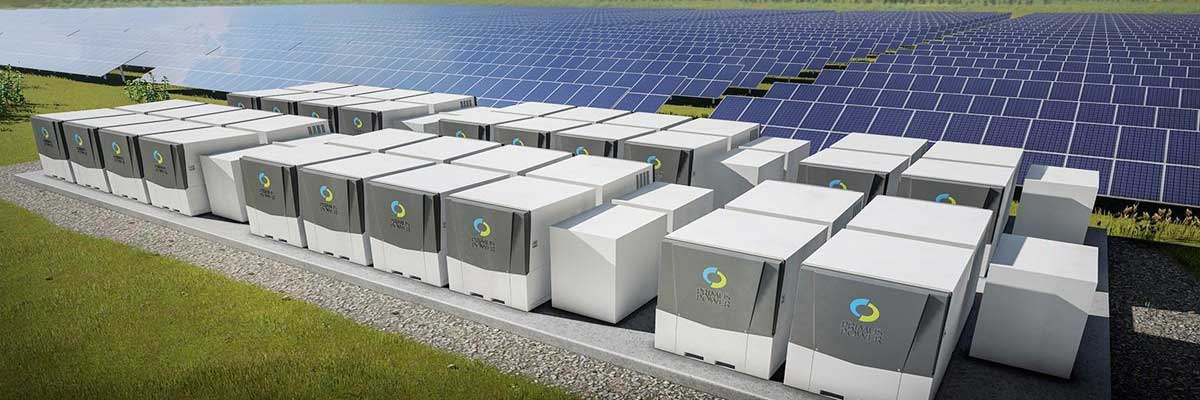Pass The Scoop, I Likes Me Some Ice Cream With My Cake
The next in our series from Wendy.
***************************************************************************************
I was supposed to be commenting on the Suburban Lawn of the Future, but I’m having trouble with that topic.
Ask me why.
Okay, I’ll tell you.
I live in Maine, and right now we’re under a foot-deep, concrete-hard blanket of ice and snow, which is not unusual for February in Maine, but it makes thinking about what my garden might look like in the spring a little difficult. Some of my favorite bloggers are starting seeds right now, and from my experience as a gardener in this part of the country, it’s still too early to even do that. The traditional planting date for Maine is Memorial Day – still three full months away (and I learned the hard way not to flout the wisdom of waiting until then).
Instead I hope I can talk convincingly about why, if you already live in the suburbs, keeping your house is a better option than running wildly into the woods, and I’ll be making the assumption that your house in the suburbs carries a mortgage AND that if you found a house in the country, you would also have a mortgage.
In a survival situation, experts stress that the first order of business is finding shelter. Most people freak out and rush around trying to get food. Read More
A Rose by Any Other Name
The next installment in our series from Wendy.
***************************************************************************************
What is a suburb?
As I was thinking about this post, I started having a really hard time defining what a suburb is. I mean, we all know what it is, right? It’s a planned, homogenized community with plastic-looking houses and artificially green lawns sporting pink flamingoes and rusty swingsets.
But if my goal is to defend suburban life and explain why I think people who live in suburbs have as good a chance of surviving the apocalypse as the people in the country who have a bajillion acres of land and an abundance of natural resources at their disposal, or people in the city who can combine or eschew resources such as transportation and heating, I can’t very well use that definition ![]() .
.
I googled the term and found this definition: town or unincorporated developed area close to a city. Suburbs, since they are largely residential, are usually dependent on a city for employment and support services and are generally characterized by low-density development relative to the city.
I think that pretty well explains what a suburb is, but again, if suburban dwellers are “dependent” on the city for support services and employment, then any illusion of self-sufficiency is immediately negated, by definition.
In short, by using either definition, when it comes to the apocalypse, we suburbanites are screwed.
So, let’s focus on what suburbanites have that is unique to their particular habitat, and might, with a little imagination, be used to their advantage.
1. Suburban homes have a yard space, usually between 10,000 and 40,000 sq ft. Not a lot, but more sometimes just means “more”, which isn’t always better.
2. Suburbs are “close” to amenities. While “close” really is subjective, and some people would say that anything within a 50 mile radius qualifies, I (and most of my suburban neighbors) would classify close as within walking distance. It would take me two to three hours to walk to Portland. It would take about an hour to walk to downtown Biddeford (Portland and Biddeford are the largest and the fifth largest cities in the state of Maine, respectively).
3. Suburban homes are usually single-family homes. People who escape to the suburbs want to have some sense of privacy, but recognize that being interdependent might not be such a bad thing.
4. Suburbs do not, typically, have any businesses (except for the occasional “home business”, that usually doesn’t attract on-site clients).
In other words:
If you measure your property by square feet rather than acres, you might be a suburbanite.
If you need extra storage space to house your lawn care apparatus and outdoor furniture, you might be a suburbanite.
If you live close enough to school to walk, but far enough away for them to send the bus, you might be a surburbanite.
If the only bus that comes to your neighborhood is the school bus, you might be a suburbanite.
If you could walk to town for the gallon of milk you need, but choose to drive, because it’s more than a mile, and that’s just too far to walk with those little kids, BUT you don’t think twice about putting on your sneakers and dropping little Sally into the jogging stroller and walking around the neighborhood for some exercise, you might be a suburbanite.
If you drive more than two miles, but less than ten, to buy plastic crap from China, you might be a suburbanite.
If there is no “corner store” in your neighborhood, you might be a suburbanite.
If you’re close enough to see the dirt on your neighbors’ windows, but need binoculars to see what’s on their big screen television, you might be a surburbanite.
If there is anything called a cul-de-sac in your immediate neighborhood, you might be a surburbanite.
If you live in a cul-de-sac … you are a suburbanite.
Avoid the extremes and converge in the middle.
That’s the suburbs.
Suburbs are the happy medium between country life and city life.
Up Next: Mary, Mary Quite Contrary: The Suburban Lawn of the Future
Oh, Give Me a Home…
Wendy, who writes an interesting blog, has been working through the pros and cons of living in the suburbs as we approach the Peak Oil energy descent. What I find most compelling about his discussions is that she is like any of us. She’s struggling to figure out if the suburbs are her home, or if she needs a house and some land to survive. While she talks about it she walks you through her thinking. Whether you agree with it or not, she make some compelling arguments. She has been kind enough to allow us to bring her serious of posts over to our site to share with a bigger world, which I will be doing over the next few days.
*******************************************************************************************
Today was a holiday. Seriously. It’s like President’s Day or something, I think. Anyway, my client’s office wasn’t open today, which means my normal “work day” was spent doing not much of anything. I sat on the computer most of the day … well, not “on” the computer, because that would have been very uncomfortable, and, well, I’m not sure my computer would have been able to support my weight – not that I’m big or anything.
The Pentagon Is The Largest Consumer Of Oil In The World
Some interesting facts to pass along regarding the US Military and its consumption of oil. According to a Energy Bulleting report from earlier this year, the Pentagon is the world’s largest consumer of oil. In fact, there are only 35 countries (out of 210) in the world that consume more oil per day than the Pentagon. Here’s the breakdown:
>>Fiscal Year 2006 the Pentagon consumed 320,000 barrels per day of site delivered oil, compared to about 360,000 barrels per day in 2005. While consumption may have gone down, prices skyrocketed from $8.5 billion in ‘05 to $17 billion in ‘06.
>>These figures do not include oil for “fuel obtained at no cost overseas, fuel consumed by contractors, fuel consumed in some leased and privatized facilities, and not last but least oil consumed by certain leased and rented fleet vehicles.”
Read More
I Ride My Bike
Enough with the gloom and doom over peak oil and climate change you say. You want an empowering story of change? Alright here’s an example of a personal adjustment I’ve made in my own life in an attempt to address both the above events because after all, the basic answer to both peak oil and climate change is roughly the same. Stop using fossil fuels; or at least cut way back on using them. But that’s so hard everyone says. It can’t be done. Nonsense. Or as Tom Athanasiou recently said, Change is necessary and because it is necessary it is possible.
I decided 2007 would be the year I got rid of my car. Not completely, but I’ve known for some time that driving a car keeps me dependent on the oil economy and pollutes this planet. I’ve known I needed to cut back on my automotive oil addiction. But it wasn’t until 2007 that I got serious about making change. Here are the numbers for the year so far.
Adventures In Sustainability: Grow My Little Jatropha, Grow
Well, it’s been over two months since I started my little Jatropha experiment and I thought I would chime in on how things are coming. First of all, Jatropha is incredibly easy to grow. I had a delay of about three weeks with my initial seeds since most of it was “old” Jat seed according to some growers and stymied my efforts. In desperation to up the odds, I planted about 20 seeds into one container and was finally rewarded with about six plants. After a few weeks, I transferred two of the strongest plants to a larger container and they’ve taken off in their new home. Surprisingly, the other four plants are doing fine (albeit with not as dramatic growth) and continue to increase in foliage.
 Since I’ve had some time to spend growing this plant, I’ve also discovered some interesting facts. For instance, this is a deciduous tree. I’ve always heard it referred to as a ‘weed’ but this may be because it has an easy time adapting to poor soil conditions, droughts, and can survive almost anywhere it stay relatively above 32 degrees Fahrenheit. Also, Jatropha can grow 8-10 meters tall under the right conditions. Once it drops its leaves and flowers, the seeds will follow shortly afterwards and then mature three months later. It’s at this point that we can attempt some biofuel extraction.
Since I’ve had some time to spend growing this plant, I’ve also discovered some interesting facts. For instance, this is a deciduous tree. I’ve always heard it referred to as a ‘weed’ but this may be because it has an easy time adapting to poor soil conditions, droughts, and can survive almost anywhere it stay relatively above 32 degrees Fahrenheit. Also, Jatropha can grow 8-10 meters tall under the right conditions. Once it drops its leaves and flowers, the seeds will follow shortly afterwards and then mature three months later. It’s at this point that we can attempt some biofuel extraction.
Growing Our Own And More On The Bullseye Diet
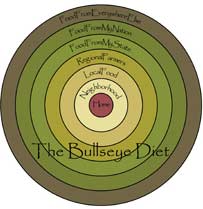 It was mainly Peak Oil that drove me out into my garden with a new mission; no longer just to grow a few tomatoes for fun each summer, but in an effort to grow the majority of the food my family eats. I set out a goal of producing more calories than I consume on my own property and within 5 years. I called my project ‘Growing My Own’. But there were others factors tugging at me, entreating me to take personal responsibility for the needs of my diet.
It was mainly Peak Oil that drove me out into my garden with a new mission; no longer just to grow a few tomatoes for fun each summer, but in an effort to grow the majority of the food my family eats. I set out a goal of producing more calories than I consume on my own property and within 5 years. I called my project ‘Growing My Own’. But there were others factors tugging at me, entreating me to take personal responsibility for the needs of my diet.
And I can see now that there are lots of other people becoming interested in local food and they’re doing so for a variety of reasons. Some of them want to avoid the potential health threats increasingly associated with industrial agriculture. You can get your daily update of just what food has been recently recalled as a health hazard by visiting this handy website the U.S. FDA recall website. The fact that such a site exists is a telltale sign of our increasingly dysfunctional relationship with what we eat. To be sure there have always been local incidents of accidental food poisonings and the like, but now that our system of growing and distributing food is so centralized, the risk of mass contamination from food borne illness is much higher. My favorite example is the recent Castleberry’s Chili recall in which cans were literally bursting with botulism. In the face of all the human health problems swirling around the anonymous origins of industrial food, many people are now opting to get their food from known local sources.
Adventures In Sustainability: Growing My Own Biofuel With Jatropha
I just received a package from India. Yes, I know it was a terribly long distance to order something for a green living site; but my buying options were extremely limited in the U.S. So, turning to Ebay, I managed to find what I was looking for fairly quickly. And now, after traveling thousands of miles, I have my first jatropha seeds.
What’s jatropha? It’s a small shrub that is being planted by the millions throughout China, India, and Brazil as an alternative to oil. What makes it unique in the biofuel industry is its ability to produce a great deal of oil that needs very little refinement. A one-metre hedge will produce one kilogram of seeds with each seed containing about 1/3 of oil. 5 kilograms of seeds will give you roughly one litre. It yields more than four times as much fuel per hectare as soybean, and more than ten times that of corn. It’s extremely easy to grow, lives up to 50 years and produces seeds for its whole lifetime. Furthermore, the species is drought-resistant, can be grown at high altitudes and can withstand slight frosts. In the right conditions, each plant can grow eight or ten meters in height!
Crude Impact on TV
The film Crude Impact (trimmed down from 98 to 60 minutes) will be airing on LinkTV on February 9th. You can see clips from Crude Impact here and here, and you can read Transition Culture’s review of the film here.
LinkTV, a non-profit satellite channel, will also be hosting an online discussion at the same time, with James Wood (director of the film) as well as Richard Heinberg and Antonia Juhasz.
Crude Impact is airing as part of a two-part series titled The End of Oil [Part 1, Part 2].
LinkTV is on DirecTV channel 375, Dish Network channel 9410.
40.7 Percent Efficient Solar Cell Announced By DOE
U.S. Department of Energy (DOE) Assistant Secretary for Energy Efficiency and Renewable Energy Alexander Karsner today announced that with DOE funding, a concentrator solar cell produced by Boeing-Spectrolab has recently achieved a world-record conversion efficiency of 40.7 percent, establishing a new milestone in sunlight-to-electricity performance. This breakthrough may lead to systems with an installation cost of only $3 per watt, producing electricity at a cost of 8-10 cents per kilowatt/hour, making solar electricity a more cost-competitive and integral part of our nation’s energy mix.
(Emphasis definitely freakin’ mine.)
Not to out do Kevin’s exuberance, this is definitely a huge deal. $3 per watt to install? A 62% reduction in installation cost for PV panels?

